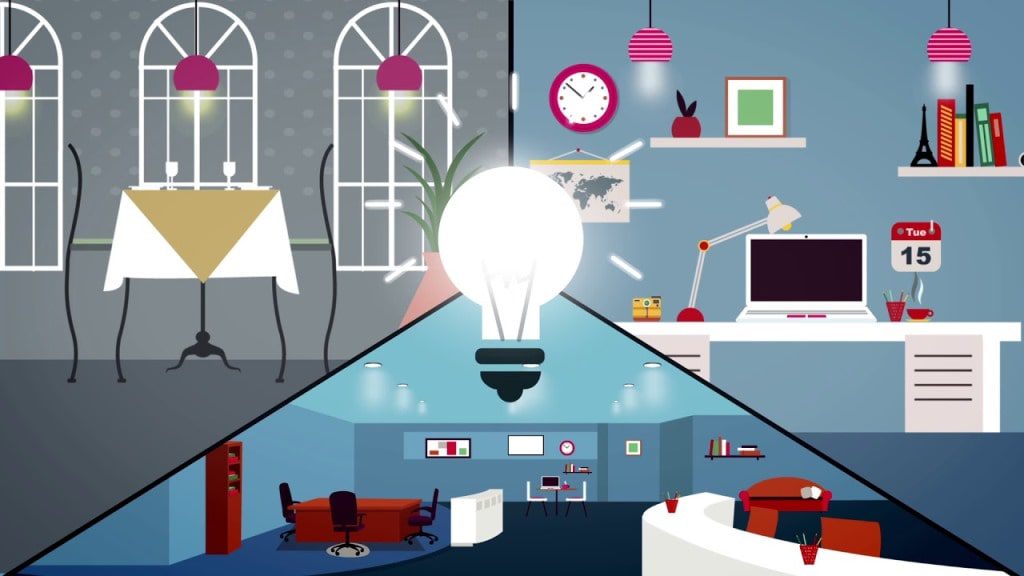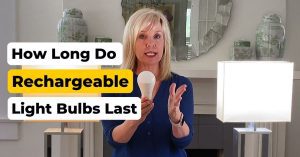Introduction
LED lighting has become a popular choice for both residential and commercial lighting due to its energy efficiency, long lifespan, and eco-friendliness.
However, like any other lighting technology, LED lighting can have its fair share of issues that can be frustrating for users. In this article, we will discuss the 10 common problems with LED lighting and their possible causes and solutions.
Problem 1 – Flickering LED Lights
Flickering LED lights are one of the most common problems faced by users of LED lighting. This can be caused by a variety of factors, such as a faulty bulb, incompatible dimmer switch, loose wiring, or voltage fluctuations. Learn more about the dangers of flickering lights by clicking this link.
FIX: To fix this issue, try replacing the bulb or the dimmer switch, ensuring that all wiring connections are secure, or installing a voltage stabilizer.
Problem 2 – LED Lights Not Turning On
If your LED lights do not turn on, the first thing to check is the power source. Ensure that the light is connected to a working power outlet and that the switch is turned on. If the power source is fine, the issue may be with the bulb, driver, or wiring.
FIX: Try replacing the bulb or driver, or inspecting the wiring for any loose connections.
Problem 3 – Overheating LED Lights
Overheating LED lights can cause damage to the bulb and driver, reduce the lifespan of the light, and even pose a safety risk. This issue can be caused by inadequate ventilation, poor heat dissipation, or excessive voltage.
FIX: To fix this issue, ensure that the light is installed in a well-ventilated area, the heat sink is clean and functional, and the voltage is compatible with the light’s specifications.
Problem 4 – Inconsistent Color Temperature
LED lights are available in a variety of color temperatures, from warm white to cool white. Inconsistent color temperature can be caused by poor quality bulbs or drivers, incompatible color temperatures, or poor installation.
FIX: To fix this issue, use high-quality bulbs and drivers, ensure that all bulbs have the same color temperature, and install the lights correctly.
Problem 5 – Buzzing or Humming LED Lights
Buzzing or humming LED lights can be caused by a variety of factors, such as poor quality drivers, electromagnetic interference, or incompatible dimmer switches.
FIX: To fix this issue, try replacing the driver or the dimmer switch, ensuring that the wiring connections are secure, or installing a filter to reduce electromagnetic interference.
Problem 6 – Glare and Harsh Shadows
Glare and harsh shadows can be caused by poor placement or installation of LED lights.
FIX: This issue can be fixed by adjusting the placement of the lights, using diffusers or reflectors to soften the light, or using multiple light sources to reduce harsh shadows.
Problem 7 – Faded or Dim LED Lights
Faded or dim LED lights can be caused by a variety of factors, such as aging bulbs, faulty drivers, or low voltage.
FIX: To fix this issue, try replacing the bulbs or drivers, ensuring that the voltage is compatible with the light’s specifications, or installing a voltage stabilizer.
Problem 8 – LED Lights Interfering with Electronics
LED lights can sometimes interfere with other electronics, such as radios, TVs, or Wi-Fi routers. This issue can be caused by electromagnetic interference or poor quality drivers.
FIX: To fix this issue, try installing a filter to reduce electromagnetic interference or using high-quality drivers.
Problem 9 – Flickering LED Lights on Dimmer Switches
LED lights on dimmer switches can sometimes flicker, which can be a common issue. This can be caused by the dimmer switch not being compatible with the LED lights, the wrong type of dimmer switch being used, or voltage fluctuations.
FIX: To fix this issue, try using a compatible dimmer switch for LED lights, ensuring that the switch is of the correct type, or installing a voltage stabilizer.
Problem 10 – LED Lights Not Lasting as Long as Expected
One of the main benefits of LED lighting is its long lifespan. However, some users may experience issues where LED lights do not last as long as expected. This can be caused by a variety of factors, such as poor quality bulbs or drivers, inadequate ventilation, or excessive voltage.
FIX: To fix this issue, use high-quality bulbs and drivers, ensure that the light is installed in a well-ventilated area, and ensure that the voltage is compatible with the light’s specifications.
Trending Today
Conclusion
In conclusion, LED lighting offers many benefits such as energy efficiency and a long lifespan, but it can also have its fair share of issues. By understanding the common problems faced by LED lighting users and their possible causes and solutions, users can troubleshoot and fix these issues to enjoy the full benefits of LED lighting. It is important to use high-quality bulbs and drivers, ensure that the light is installed correctly, and use compatible components to prevent and fix these common LED lighting issues.






















